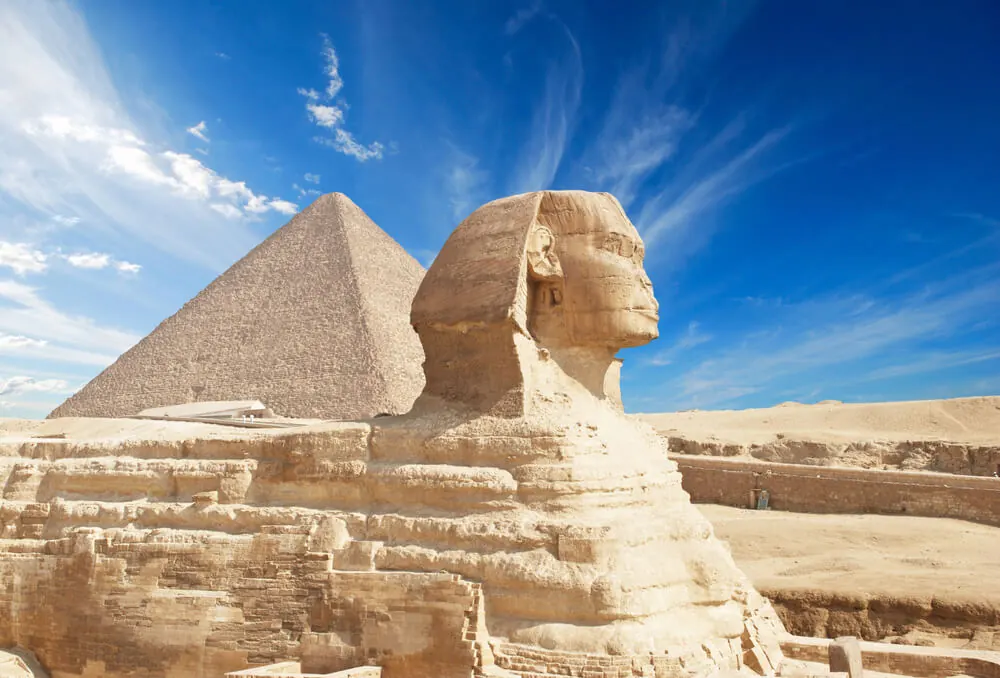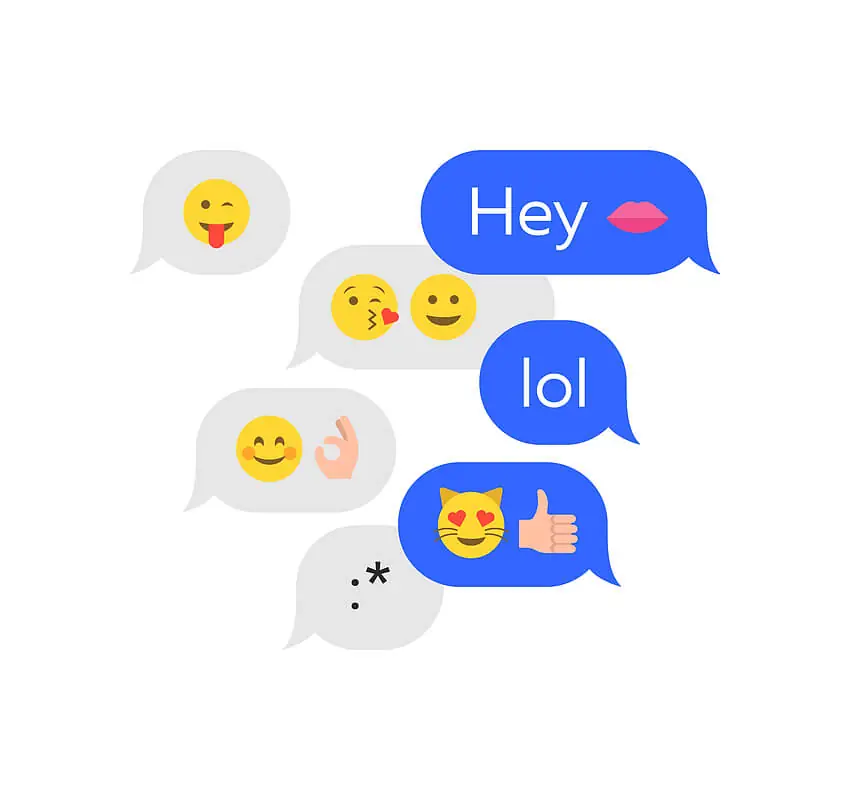Since the beginning of humanity’s time on Earth, written communication has existed in some form or other. Perhaps the earliest examples include cave paintings, then ancient Sumerian cuneiform, which evolved into the hieroglyphics used by Egyptians. As society evolved, so too did their system of writing. Nowadays, humans communicate in a standardized format (save for the unique quirks of global languages) that utilizes letters arranged into words, then sentences (and paragraphs, and so on).
Thanks to increasingly mobile technology, and the ability to essentially carry around a computer in your pocket, language is again going through a period of evolution. We use text shorthand and emojis that represent more complex emotions than their cute characters would seem to imply. But is it really evolution? Or is society reverting back to using images to communicate in a devolution of sorts?
Here’s how emojis are like hieroglyphics, and what that means for the future of written communication.
We’re Evolving Backwards
 Looking back to the roots of modern society, ancient Egyptians used hieroglyphics as a way to capture ideas for the future, as well as to communicate with other members of their society. The system of hieroglyphics is a format that combined logographics and alphabetic elements.
Looking back to the roots of modern society, ancient Egyptians used hieroglyphics as a way to capture ideas for the future, as well as to communicate with other members of their society. The system of hieroglyphics is a format that combined logographics and alphabetic elements.
Jumping forward several thousand years to today, Bangor University linguistics professor Vyv Evans considers emojisto be the fastest growing language on earth. Professor Evans was one of the first to compare the rise of emojisto the ancient Egyptian hieroglyphics.
According to Professor Evans, “As a visual language emoji has already far eclipsed hieroglyphics, its ancient Egyptian precursor which took centuries to develop.”
Both languages use images to convey emotions and ideas, although one (emoji) has the benefit of existing in time period that boasts a much larger population, and a more complete understanding of written language. Egyptians depended on scribes (who made up just a small percentage of their society) to both write and read ancient hieroglyphics – hardly accessible to the masses.
A survey conducted by Talk Talk Mobileshows a clear preference for using emojis over the written word, with 72% of 18 to 25-year-olds finding it a lot easier to express themselves using emojis than standard written language.
The Rise of Emoji as a Popular Language
 According to Digiday, a media company that specializes in digital media, about six billion emojis are sent on mobile messaging apps every day. If you take a minute to consciously process your surroundings, you’ll notice that It’s almost impossible to see a post on social media (or communication via text) without an emoji. While emojis used to be considered unprofessional, some of the top digital marketing firms are recommending that you use them in email subject lines for better responses (and other public-facing communications).
According to Digiday, a media company that specializes in digital media, about six billion emojis are sent on mobile messaging apps every day. If you take a minute to consciously process your surroundings, you’ll notice that It’s almost impossible to see a post on social media (or communication via text) without an emoji. While emojis used to be considered unprofessional, some of the top digital marketing firms are recommending that you use them in email subject lines for better responses (and other public-facing communications).
Emojis can communicate a wide range of emotions and feelings without needing the context of written language. According to Aimee Morrison, a professor of media studies at the University of Waterloo, “They fill a need we didn’t know we had until we had the available means to fulfill it. Instead of laboriously typing out something that may not come out the way you intended, you can use emojis.” With that in mind, did you know that Oxford Dictionaries selected the “face with tears of joy” emoji as their word of the year in 2015? As the language of the emoji evolves, there’s a push from all the different corners of culture to develop new emojis, including: celebrity emojis, cultural emojis, and different skin type emojis.
Is Emoji Language a Good Thing?
Elspeth Cameron, a retired English professor, thinks that language is being replaced by emojis, instead of supplementing it. In her perfect world, instead of using an emoji expression in a text message, she prefers that the sender to just directly share his/her feelings.
On the other hand, Montaque – one of Forbes’ top 30 under 30 in marketing and advertising for 2016 – thinks using emojis to communicate is a rather good change. He’s been quoted saying that emojis are giving people a faster way to express powerful thoughts. Instead of bringing down language, he thinks that emojis give the opportunity to bring more clarity to a message. This becomes especially useful when considering how tone can come across on social media, and using emojis to make sure your recipient understands yours.
Tyler Schnoebelen, a PhD in linguistics from Stanford University and the founder and chief analyst of Idibon, agrees with Montague. Schnoebelen stated that there doesn’t seem to be much evidence that emojis will ruin language.
What do you think? If emojis are like hieroglyphics, does that mean we’re reverting back to the ancient ways of early society? Or do emojis help add clarity and understanding to a message that could otherwise be misinterpreted? We’d love to hear your opinion in the comments below!




